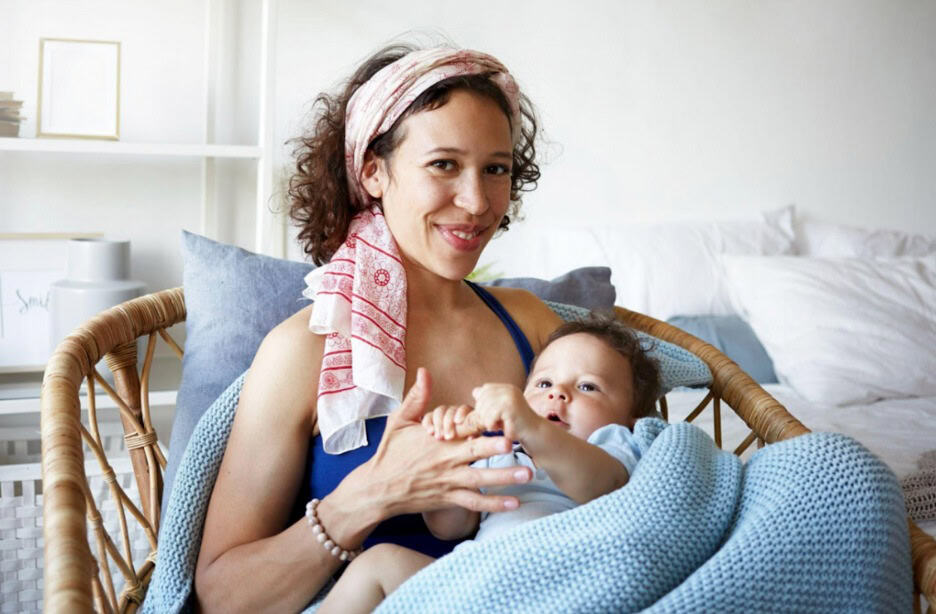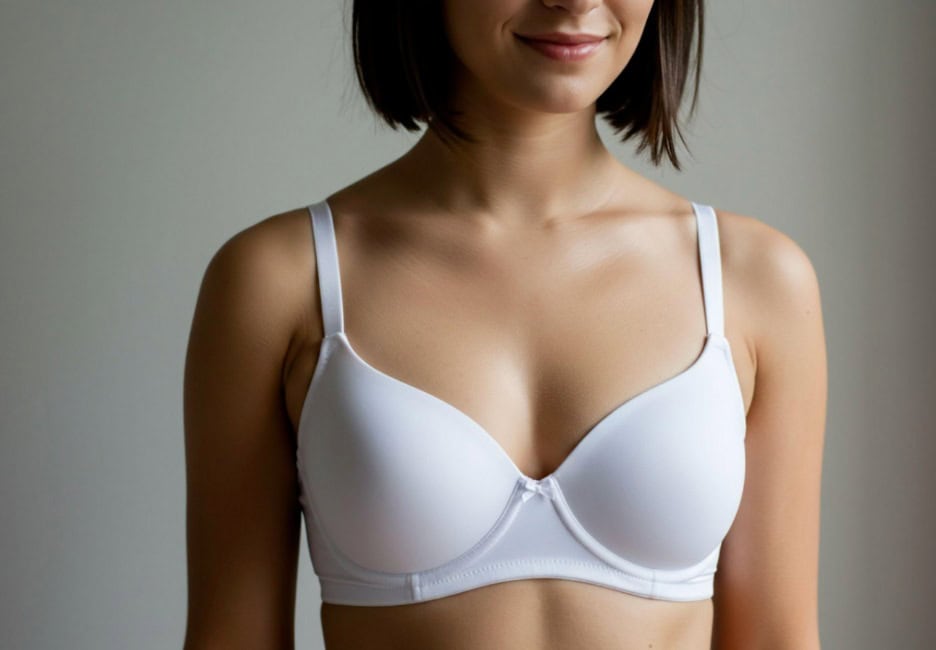Pregnancy means a lot of changes, with your breasts being one of the most remarkable ones. As your body changes to lactation, your normal bras can become unpleasant or tight. In that case, maternity bras are the perfect solution for you as they offer support, comfort, and convenience that are specially designed for your changing body. However, the size of the first question that a majority of expectant mothers voice is: what is the number of bras I need for maternity?
The guide outlines the what, why, and when of maternity and nursing bras as well as the suitable number of them in your closet for the comfort of all pregnancy stages and after.
Table of Contents
Understanding the Purpose of Maternity Bras
Maternity bras are specifically designed to change along with the body changes during pregnancy and breastfeeding after that. They differ from the usual ones as they are meant to provide extra support to the breasts and the area around the ribs. They are usually packed with details like wider straps, soft cups, stretchy fabric, and adjustable band length that make them comfortable as well as functional.
Once your baby arrives, many maternity bras double as nursing bras with clip-down cups or pull-aside access, making them practical both during pregnancy and postpartum.
How Breast Changes During Pregnancy Affect Bra Needs
Your breasts are definitely going to change in size when you get pregnant. Usually, the majority of women report an increase in their breast size from the very beginning of pregnancy. Hormones’ fluctuations provoke cell growth and tenderness, and stimulate the milk production process. The second and third trimesters are the time when your ribs might also be getting bigger.
Such changes will probably make it necessary for you to have several different bra sizes during pregnancy. One well-fitting maternity bra is able to support you through the whole breast development, but it is always convenient to have a spare bras for the times when you do not feel comfortable in your worn-out or not perfectly fitting bra.

Recommended Number of Bras for Daily Rotation
So how many maternity bras do I need? It mainly depends on your lifestyle, but here is a simple guideline:
- Three bras at a minimum: one to wear, one in the laundry, and one to put on.
- Four to six bras: perfect for rotation, especially if you have regular leaks and want different styles for various activities (sleep, everyday wear, and exercise).
With a small rotation, your bras will not be destroyed as quickly because the elastic and fabric get damaged faster when they are washed too often.

Factoring in Laundry Frequency and Leaks
Most pregnant women find that they sweat more, and some even get breast leaks before their baby arrives. Your bras are likely needing more washing than you are used to.
With frequent laundry every other day, three to four maternity bras should be enough for you. However, if laundry is done only once or twice a week, then you should have 5 to 7 bras to avoid running out of clean ones. Remember that nursing bras are compatible with nursing pads, which are designed to collect leaks and minimize the wash frequency of bras.
Day vs. Night Maternity Bras: Do You Need Both?
Daytime maternity bras are typically structured with more support, while nighttime bras are softer and designed for comfort while sleeping. Do you need both? Not always—but many moms find it helpful.
- Day bras: Give the needed support for daily activities and better shaping of the breasts under clothes.
- Night bras: Offer light support, relieve pain during sleep, and assist in holding breast pads securely in place in case of leakage.
If you opt for both, you could have two or three sleep bras in addition to your collection.
When to Buy: Planning for Second and Third Trimesters
During the first trimester, breast soreness is typical; however, a lot of women are able to wear their normal bras along with band extenders. The second maternity bra is generally the most suitable time to buy, as the breast size remains more or less stable, and comfort becomes the main concern.
In the third trimester, it’s wise to invest in nursing bras as you prepare for breastfeeding. These will carry you through postpartum and save money compared to buying separate sets of bras.
Choosing Bras That Grow with You for Fewer Purchases
If you want to avoid buying multiple sets of bras throughout pregnancy, look for designs that can grow with you. Features to prioritize include:
- Stretchy fabric that adapts to size changes.
- Multiple hook-and-eye closures to adjust as your rib cage expands.
- Drop-down nursing clips for postpartum use.
- Wireless styles for maximum flexibility and comfort.
A supportive maternity bra that doubles as a nursing bra is an investment that saves money and reduces how many of bras you’ll need overall.
Tips from Moms: What’s Enough and What’s Extra
Moms who’ve been through pregnancy often agree: you don’t need a drawer full of maternity bras, but you do need a few reliable ones. Common tips include:
- Start with 3–4 bras in the second trimester.
- Include 1–2 nursing bras in the third trimester to be prepared for postpartum.
- Do not spend a lot of money at the beginning—stage your breast size and then buy more bras.
- Try different combinations of the types: some normal bras for everyday use, one sleep bra, and one nursing sports bra for the days that have intensive activity.
By listening to other moms’ experiences, you can set your mind right and decide how much to buy without being overindulgent or underestimating.
Conclusion
Pregnancy is a period of transformations, and the main thing to take care of should be your comfort. The question of how many maternity bras I need is somewhat dependent on the practicability and lifestyle. Most pregnant women will be fine with three to six maternity and nursing bras which will be sufficient for daily usage, laundry rotation, and postpartum.
Invest in bras that will fit you at different stages of pregnancy, choose the one that will provide you comfort and support and make sure you have some nursing bras ready before your baby arrives. If you make the right choice, you will not only feel comfortable and supported during pregnancy and breastfeeding but also stay confident.
Achieving Comfort: Top Breastfeeding Solutions You Should Know